Wondering how to help a cat with a furball? It’s a common question amongst cat lovers, so we’ve asked an expert for some advice.

With over 15 years in the veterinary industry, Caitlyn Corrigan brings a wealth of experience and passion for feline welfare. She has dedicated the past 10 years to the shelter environment, working as a Shelter Manager, Vet Nurse, and now as the Practice Manager of The Cat Protection Society’s Cat-Only; Cat-Friendly Veterinary Clinic.
An essential part of the CPSV team for the past three years, Caitlyn is deeply committed to protecting and promoting the special bond between cats and their humans. Her expertise and dedication ensure that every cat receives the highest level of care in a stress-free, feline-friendly environment.
What causes a furball?
Hairballs are often caused by the cat ingesting too much loose fur while grooming and they are especially common in cats with longer coats, like Maine Coons, Siberians and Ragdolls.
When cats groom themselves, they inevitably swallow loose fur, which accumulates in the stomach, leading to clumps of hair called furballs or hairballs. When passed, these look like small, cylindrical lumps of fur.

How do I know if my cat has a furball?
Signs of a hairball include persistent coughing, gagging or vomiting.
How do I stop my cat from getting furballs?
Regular brushing is a great way to prevent your cat from getting furballs. Not only does it remove the buildup of loose fur but it’s also an excellent opportunity to bond with your cat and establish trust. Cats love sitting on your lap and cuddling and it’s a great opportunity to brush them.
It’s a good idea to keep a suitable pet brush near your sofa or armchair so that you’re ready to give your kitty’s hair a brush when they’re in your lap.
Some cats need time to adjust to grooming, while others enjoy it right away. Remember to be patient and gentle when brushing, especially if you’re introducing grooming to a cat unfamiliar with it.

What’s the best diet for cats with furballs?
If your cat has frequent hairballs, consider feeding them a special diet formulated for hairball control. These foods are often high in fibre, which helps to move the hair through the digestive system more easily.
Also, encourage your cat to drink plenty of clean water because good hydration helps prevent constipation and discomfort caused by hairballs.
What if my cat can’t cough up a furball?
If your cat is having trouble passing a furball, there are hairball treatments available that can help. It’s important to remember that hairballs are generally not something to worry about, but if your cat seems to be struggling or vomiting frequently, it may be time to consult a vet.
Cats do not always need to cough up a hairball, but they may do so periodically, especially if they’ve ingested more fur than usual.
At the end of the day, a good diet and grooming can go a long way!
Top image: Canva
Does your cat suffer from furballs? Leave us a comment below.

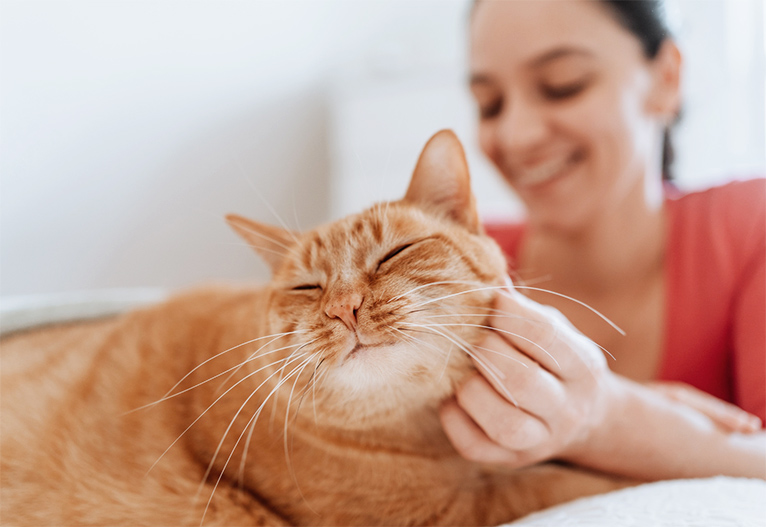


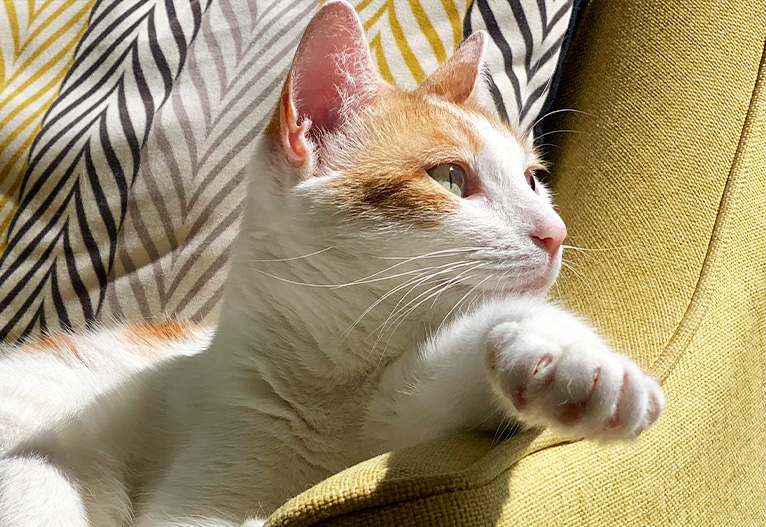


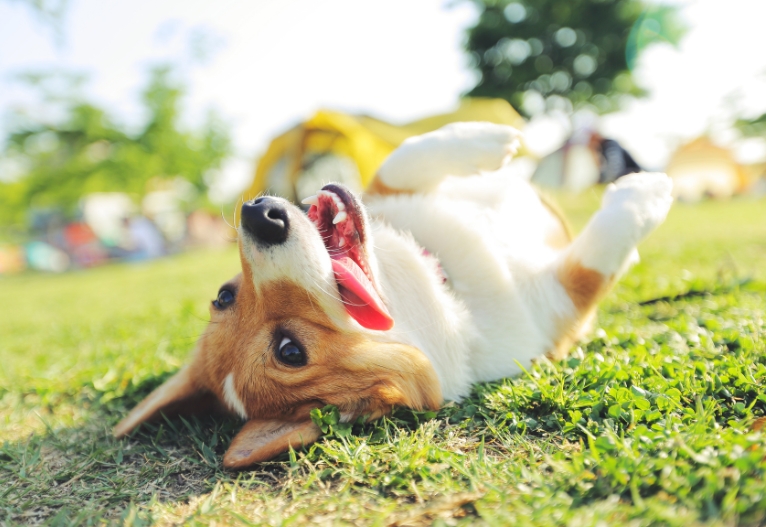
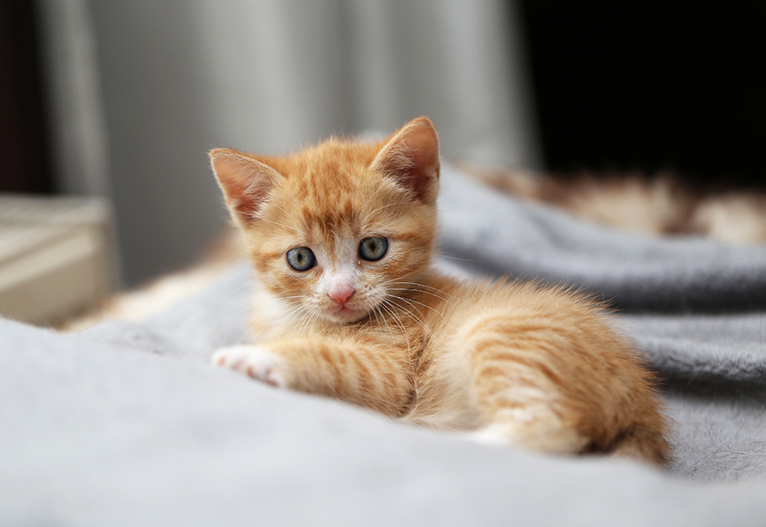

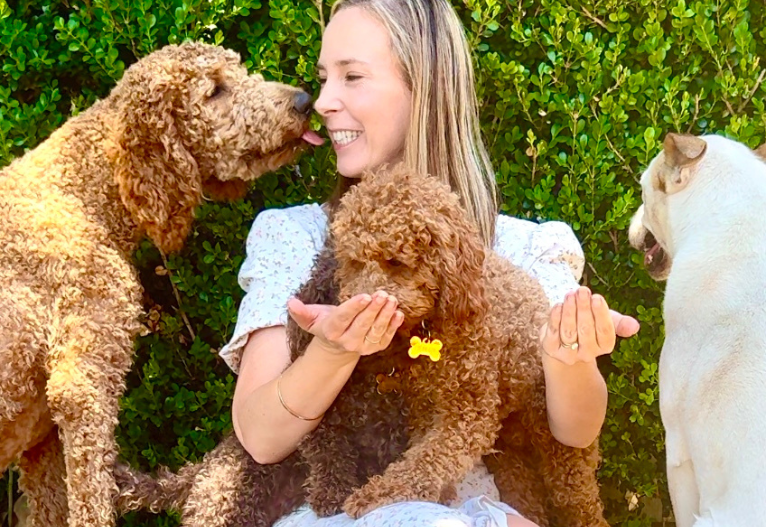


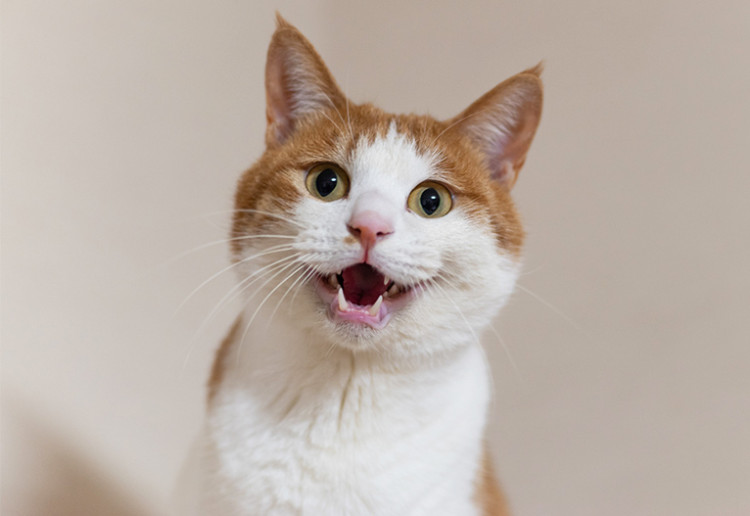
-
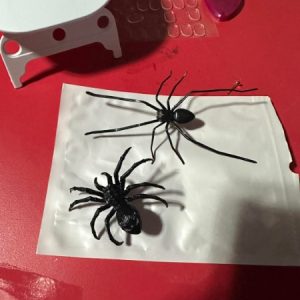
-
-
BH516536, TAS
- 01 Jun 2025
👍
0 Likes
-

-
-
BH516518, VIC
- 31 May 2025
👍
0 Likes
-

-
-
BH516394, WA
- 28 May 2025
👍
0 Likes
-

-
-
BH516536, TAS
- 24 May 2025
👍
0 Likes
-

-
-
BH517140, NSW
- 23 May 2025
👍
0 Likes
-

-
-
BH516443, QLD
- 23 May 2025
👍
0 Likes
-

-
-
BH516536, TAS
- 22 May 2025
👍
0 Likes
-

-
-
REVSIE, NSW
- 22 May 2025
👍
0 Likes
-

-
-
BH516410, TAS
- 17 May 2025
👍
0 Likes
-

-
-
BH516408, QLD
- 17 May 2025
👍
0 Likes
-

-
-
BH516383, VIC
- 13 May 2025
👍
0 Likes
-

-
-
BH516383, VIC
- 13 May 2025
👍
0 Likes
-

-
-
ChiWren, QLD
- 01 May 2025
👍
0 Likes
Post a commentTo post a review/comment please join us or login so we can allocate your points.